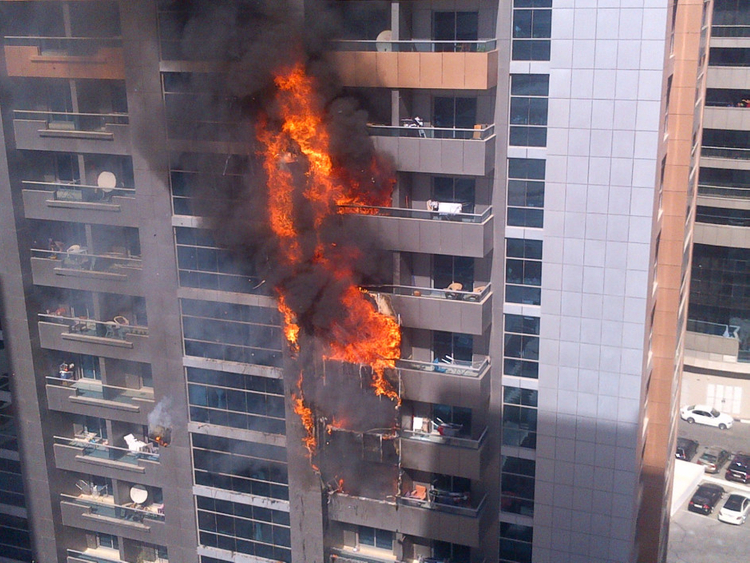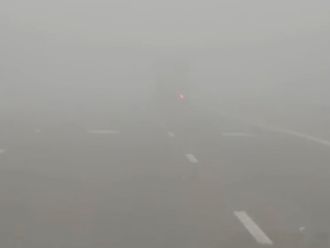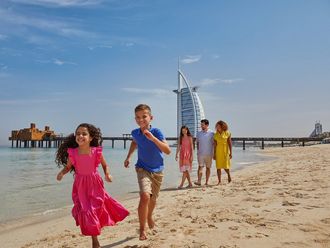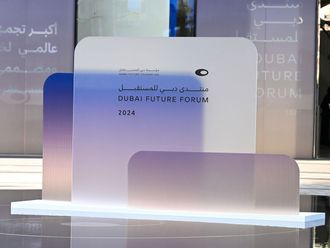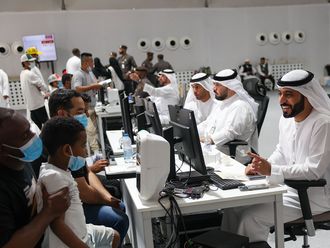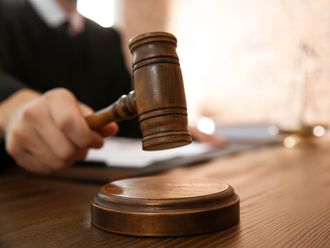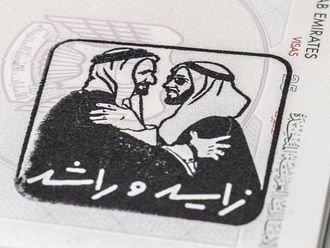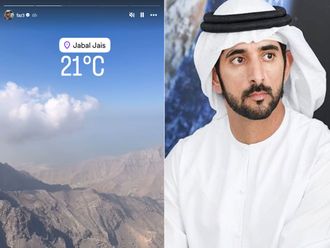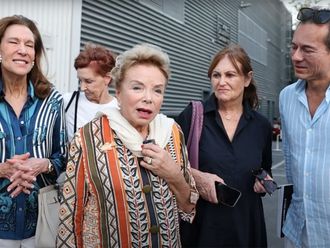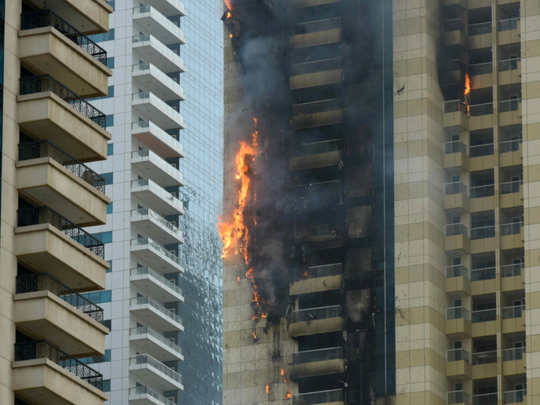
Dubai
Strict new rules under the latest UAE Fire and Life Safety Code includes setting on fire mock ups of actual cladding systems, industry experts said on Tuesday.
After the cladding system passes the new stringent test known as NFPA 285, it will be followed up with site inspections to confirm that the same materials and systems are being installed on the building.
Panels and insulation on buildings have helped spread major tower fires in the UAE over the years, prompting authorities to require safer claddings. The cladding materials covering the exterior of the buildings themselves had caught fire and enabled blazes — initially restricted to an apartment or a floor — to spread upwards, and even downwards.
In January, a senior Dubai Civil Defence told the Intersec Fire Safety Conference in Dubai that the new code aims to slash cladding fire risk to virtually zero.
On Tuesday, construction industry specialists discussed the the new code at a seminar organised by Alupex A2, Knauf Insulation, and Siderise, which are major suppliers of products and solutions in the construction sector.
Abhishek Chhabra from Thomas Bell-Wright International Consultants, which offers the NFPA 285 tests in the UAE, told Gulf News on the sidelines of the seminar that new code aims to “close loops in fire safety”.
“Before the contractors install a cladding system, they build a mock up which is put through a test to see that if such a fire would happen, how would it behave. If it would behave adversely, they need to redesign it to ensure it would behave safely,” Chhabra said.
“There are many things involved to prove compliance of fire safety norms. This mock up test is one of the mandatory compliance requirements. Validation of each and every potentially combustible material that is going into a system — by using third party certification and listing — is also a prerequisite.”
He added: “Then, with the help of a large scale assembly test — NFPA 285 — you bring them together and see how the resultant property of the system is, to ensure there are safeguards in the cladding system to make it fire-safe.”
Chhabra stressed that what “is equally important is that the way the mock up is installed in the laboratory, is how it is getting installed on the site, which is a critical step of the process, otherwise you don’t close the loop”.
He added: “Hence having an independent inspection, which is delinked from the timelines of the project and is empowered to call for rework if the installation is incorrect, is important to have”.
David Adams, managing director of Knauf Exeed Insulation in the Middle East and South Asia, said another “big change is that they [authorities] are now very specific that the insulation must be non-combustible.” He added that it used to be the case that “the cheapest product was being used. You had a combustible aluminium cladding panel and a combustible insulation, and that allowed flames to spread between floors, going up and down”.
Another expert also underscored the new “system-based” approach of the latest code to close gaps in fire safety. Chris Hall, commercial development officer at the UK-based Siderise Group, said the new code is “very comprehensive and sets out the rights and responsibilities of everyone in the chain — developer, consultant, contractor… Before, most codes, not only in the UAE, left things to interpretation and interpretation can be a dangerous thing”.


